We occasionally link to goods offered by vendors to help the reader find relevant products. Some of these may be affiliate based, meaning we earn small commissions (at no additional cost to you) if items are purchased. Here is more about what we do.
Blade grinders – the little $30 devices found in every department store like Macy’s, Sears, and Target. Unless you are a little familiar with the world of premium coffee brewing, you may think these are a good deal and will add to your enjoyment you get each morning started with that first cup.
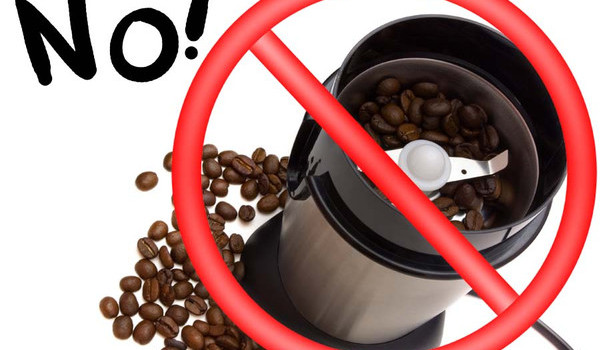
However, blade grinders are actually the mortal enemies of the coffee bean.
Would you hook a pair of $5000 B&M speakers up to a cassette tape deck? Put a set of “general” tires from Walmart on your BMW M6? Use a silver setting for a 2-carat, colorless, VVS1 diamond?
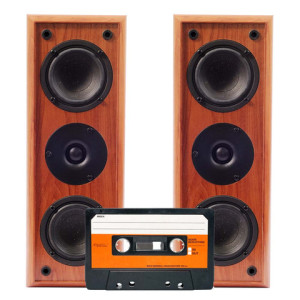
You may think I’m being overly dramatic, but I’m really not. Coffee is a little luxury in your life, and it needs to be properly prepared to give you the most pleasure in each cup, for a lot less of a financial outlay than those examples listed above.
Trust me – with just a little bit of an investment you can significantly improve the taste of your coffee extractions. You definitely don’t have to have a $2500 commercial Mazzer commercial espresso grinder to enjoy a simple brew in your own home.
Let me put it to you this way: A premium coffee bean is cultivated by hand on specialty farms spread throughout the world – sometimes with assistance and support from premium roasting companies.
Many of these beans are grown with organic methods and in a sustainable manner alongside other crops (that don’t pay the farmers nearly as well) in order to promote diversity in the ecosystem and to limit monoculture.
The roasting companies pay a premium for these beans as outlined under fair trade regulations. The beans are then processed using some of the better finishing methods, sorted, graded, and finally imported into your country.
The roaster then samples each batch from various origins and (sometimes) blends these beans into a harmonious mixture, and they are perfectly roasted to bring out the subtle nuances of flavor.
Special packaging is used to keep the coffee beans fresh for as long as possible, and they are mailed directly to you or sent to your neighborhood café – PRIOR to them going stale (within two to three weeks after being roasted).
After all of this work, why would you use a device such as blade grinder that crushes, pulverizes, and smashes the hard work put into getting you a premium product?
So, what’s so bad about a blade coffee grinder?

Using a blade grinder on coffee beans is akin to using a pressure sprayer to water your tomato plants.
Would you rather have a light sprinkle or dipper feeding your nice fluffy soil that you’ve amended with tons of worm castings and mulch, or a jet of water that compacts the earth and kills all of the beneficial microorganisms?
A blade grinder is simply the wrong tool for the job. It uses a metal blade, similar to the propeller on an airplane, that spins at a high rate of speed and pulverizes your coffee beans into a mixture of odd-sized chunks and fine powder.
This mixture of different sizes of coffee grounds leads to highly irregular brews, due to the different amounts of surface area exposed on each bit, and makes the outcome of your brew highly unpredictable.
The small-sized coffee ground particles – called “fines” – will over extract some of the chemical compounds that cause bitterness, while the larger sized particles may remain under extracted. This is due to the differing surface areas of each particle.
What do you want in a coffee grinder?
No matter what, if you are just looking to buy the best grinder for your home, you should look for a model that features burrs. Burrs are conical or flat shaped disks with cutting teeth milled into them that allow the device to shave the beans into more of a consistently sized batch of grounds.
You will want to produce as many of the same size of grounds as possible, and the only way to get this exactness is through the use of models equipped with burrs.
The coffee grounds will still have a few “fines” or smaller pieces, but the incidence of this is greatly reduced from that produced by blade grinders.
Controlling the number of fines and shapes of fines is the key to making a great coffee extraction, as it removes one more variable from the equation.
Moreover, many burr equipped units are adjustable in that they can easily change the size of the grounds being produced. Those folks that aren’t coffee aficionados may not be aware of this, but each coffee brewing method requires a different grind size.
French press requires a coarser ground, coffee from a drip pot a medium, and Turkish requires an ultra fine powder. Little changes in the particle size can have a big influence on taste, and you want to be able to easily adjust this.
There are many models available for you to choose from no matter your price range, and the cheapest burr equipped unit will significantly outperform any blade equipped grinder.
Recommendations
I’d be hard pressed to recommend a specific model without knowing your intended coffee brewing methods, but for a beginner you may want to have a look at the Bartaza Encore.

Baratza Encore – Conical Burr Coffee Grinder (with Bin)
This one of the cheapest ways to get a nice unit that will handle all of your coffee making needs, short of making espresso (and will work for this in a pinch).
In fact, I’d recommend comparing all of the Baratza models as they offer a fair price with some of the best deals in the market, and they have phenomenal customer service – the reason we stock them in the first place.
We’ve also developed a buying guide to assist you in choosing the best coffee grinder for your needs.
Good luck in your coffee brewing endeavors, and if you should have any questions or comments, please feel free to post them below.
About Mike Quinn
Mike Quinn spent 20 years in the US Army and traveled extensively all over the world. As part of his military service, Mike sampled coffee and tea from all virtually every geographic region, from the beans from the plantation of an El Salvadorian Army Colonel to "Chi" in Iraq to Turkish Coffee in the Turkish Embassy in Kabul, Afghanistan. He spent nearly a decade in the Republic of Korea where he was exposed to all forms of traditional teas. Mike formerly owned and operated Cup And Brew, an online espresso and coffee equipment retail operation.

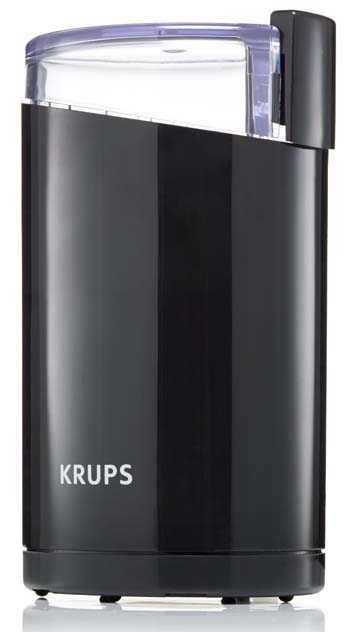
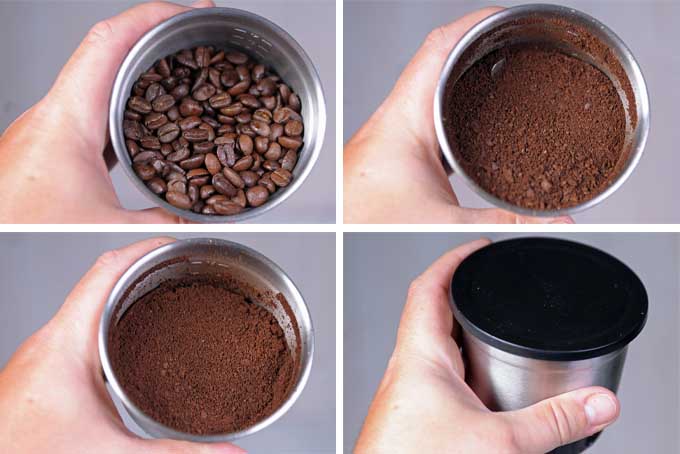
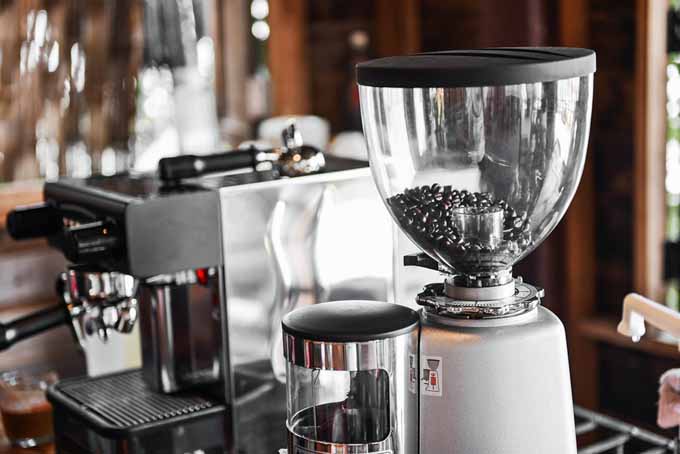

I so agree with this article. I have in the past used a blade model, and in my opinion, it affects the coffee, because it’s rougher than when using a model equipped with burrs. These rough pieces are of different sizes and makes extraction a pain.
I still have my original grinder, but I now use it strictly for spices, and reserve my burr equipped machine for my coffee.
I never knew that grinders made such a difference in the taste. The coffee machine I have at home uses the regular blade style, nothing fancy.
Not sure on what type of machine you have, but if you’re referring to a small super automatic espresso machine such as those produce by Gaggia, it does indeed have a burr.
Thanks Mike I like how you made that simple to comprehend but got into some of the nitty-gritty science too. I have noticed when I do try to grind my own bean with a $7 grinder it’s a crapshoot. Thought it was the bean quality. Now I know what’s up and can keep my eye out for a burred grinder.
Yes, the different sizes of particles will cause the flavors to be extracted at different rates…making it impossible to “dial” in taste.
I used a blade grinder and someone suggested I use a mortar/pestle which surprised me but ever since then I have been doing it this way for years. Yes, it takes a bit of elbow grease but it also helps burn off that cream you might be adding to the coffee later. I think it’s a great way to get all that delicious flavour from your beans without losing it to a technological beast.
Sure, I can till a field with an oxen and a wooden plow but I’m not going to.
In all seriousness, go to you local joint that has a real barrista and order a cup. You WILL notice the difference.
If you’re going to go manual, I’d suggest a Hario hand cranked model…a review or an article on the subject will be forthcoming.
It is a bit like high def TVs or premium headphones, it depends on whether you have sensory organs and attached brain parts able to discern the difference. To me the chopped bean coffee and the ground bean coffee tastes the same, ergo there is no reason to pay the extra when my twenty year old coffee grinder is there to use. Kudos to those with more refined tastes, I guess being a redneck is cheaper if nothing else?
I can assure you, that a proper grind, brewed at the correct temperature, with freshly roasted beans, will taste MUCH better than months old, extremely stale beans chunked up into cobblestones. It’s all about controlling the variables and the higher up the coffee brewing food chain you go up, the more critical each of these aspects start to become. It’s possible to make a passible cup with a blade equipped device for French press. For espresso – don’t even think about it.
Regardless, using a decent quality grinder WILL improve the average brew produced by an automatic drip pot. It may mean the difference between a pot on the sour or the bitter side and something that you can enjoy.
For the record, I grew up well versed in the ways of the redneck but moved onto more refinement in SOME aspects of my life (not that rednecks and hillbillies aren’t refined in the own way).
I would definitely never recommend using a blade coffee grinder for grinding coffee, it is just too hard to get any kind of grind consistency and you end up with over and under extracted coffee which just tastes bad! If you only have a blade grinder it is definitely better to just buy pre-ground coffee.
i never notice the taste difference, however i felt the trouble for the bigger chunk and i thought i just have to grind it more